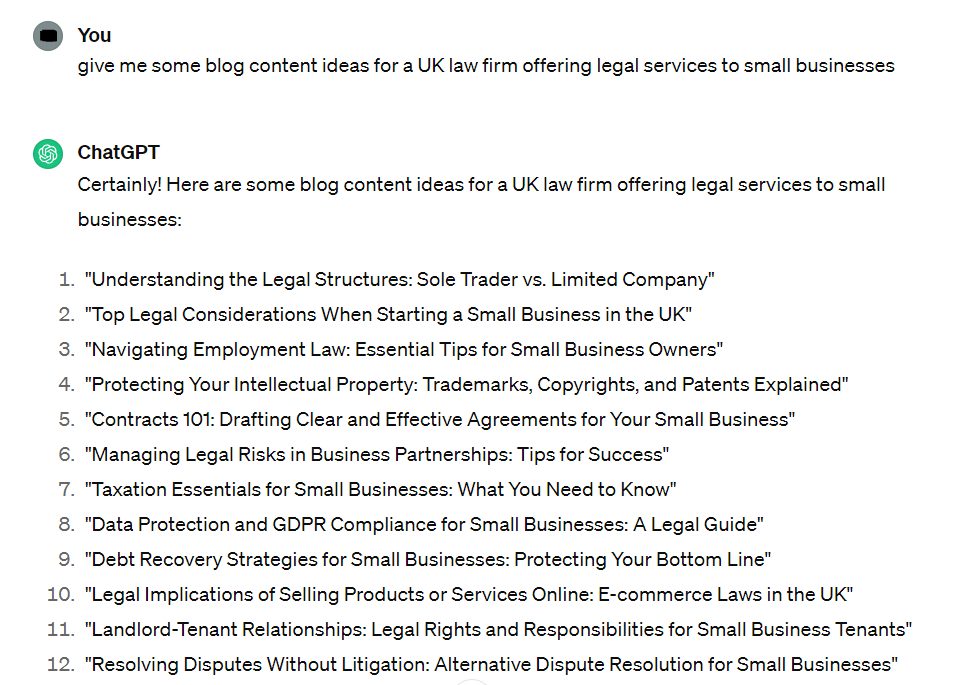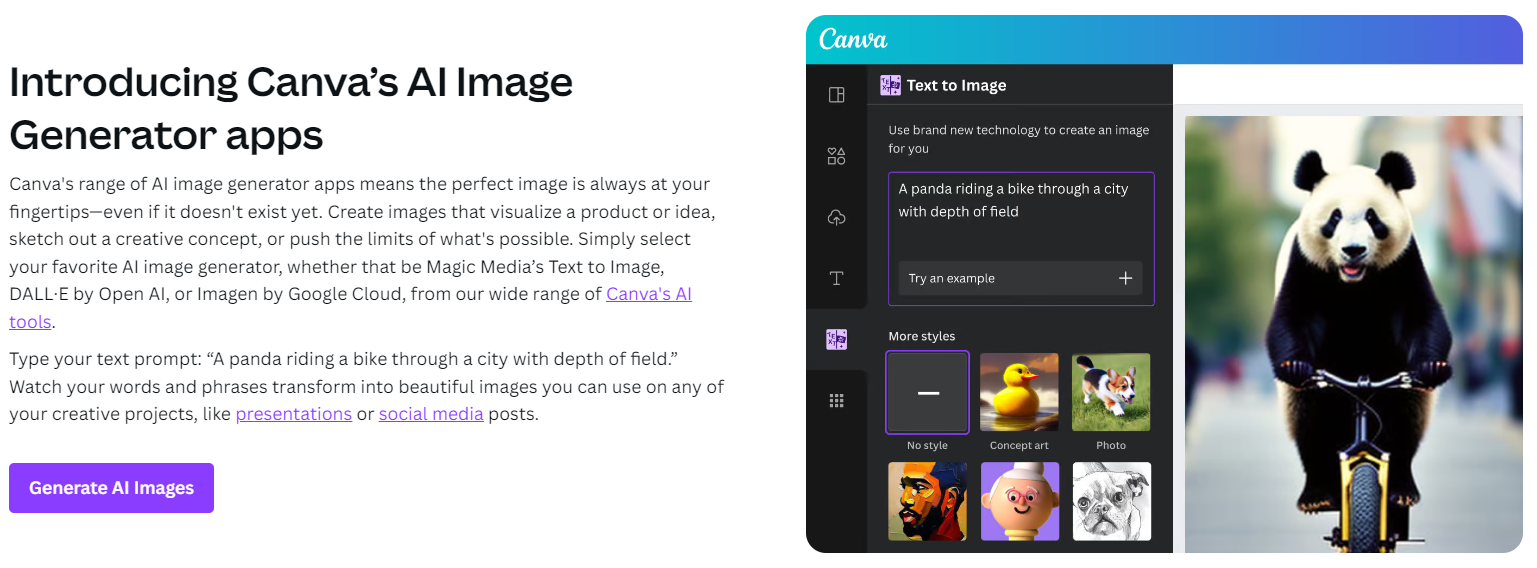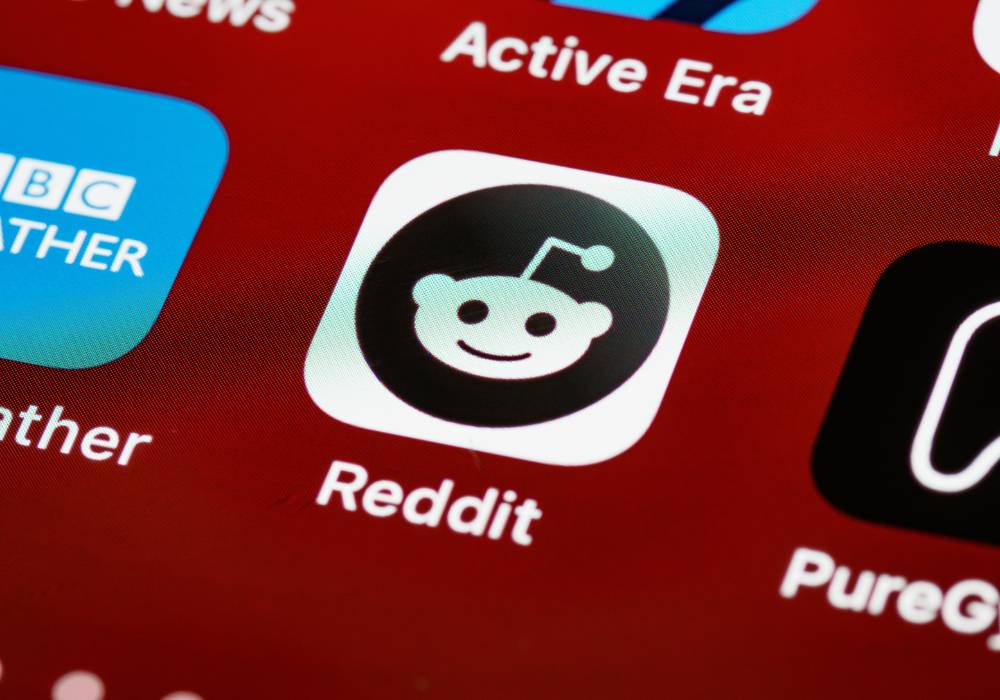AI is influencing more and more facets of our lives every year (both in front of our eyes and behind the scenes) and the world of marketing is no different. It’s been impossible to escape all of the talk about the role of AI in content marketing specifically in recent times. Can artificial intelligence actually write quality and meaningful content or create visuals that look and feel ‘real’? Are the machines taking over? Will we all even have jobs in a decade’s time?
These kinds of questions, along with more technical ones about how it all works, have certainly divided the marketing industry. If you’ve worked in the sector for some time, you might remember the content spinning of the mid-to-late noughties, a black hat SEO technique to write vast quantities of ‘optimised’ content to essentially try and fool search engines into ranking a website higher than it really deserved to be. Thankfully, that phase didn’t hang around for long, with Google and other search engines making algorithmic changes to try and ensure content quality, uniqueness and usefulness to the intended audience. The most recent of such changes is Google’s helpful content update, which has been rolling out in stages since mid-2022.
In this article, we look at some of the emerging trends and content marketing AI tools that look likely to become an even larger part of marketing strategy and implementation in 2024 and beyond.
Why AI isn’t the enemy of content marketing
AI has understandably been seen as a major threat to those in the content marketing sector for some time. There are undoubtedly concerns over AI replacing real people’s jobs and what that might mean in the future. However, while we shouldn’t ignore these risks, the facts are that AI simply isn’t anywhere close (yet) to being able to replicate unique human skills and abilities.
Ignoring AI is only going to make content marketers fall behind the curve, so, many believe that the only sensible path forward at this stage is to embrace AI tools to assist with our roles and take on some of the heavy-lifting tasks and processes for now. The idea being that this will free up our time to focus on the uniquely human elements of what we do.
Creating good editorial guidelines for your team on how you can utilise AI content marketing tools to enhance your output can be a good place to start.
AI to help make human content marketing skills and abilities even more valuable
The more that we dabble with what AI has to offer currently, the more it becomes clear that the tools can be transformative to some of the resource-intensive tasks that content marketers do, especially when it comes to research and strategy. But what also becomes clear is that AI can’t deliver the same impact and human connection with the content that it generates.
There is likely to be a period of time where businesses try to use AI for everything content-related. However, the result will be that it won’t quite hit the mark with the very human audience. The creativity, ability to apply multiple different elements of context at the same time and the learned experience that content marketers have will increasingly set us apart from AI tools, because it cannot be replicated.
AI prompts can help content marketers communicate and delegate better to human teams
If you think about the level of detail needed to prompt some generative AI tools to do exactly what you want, it’s not dissimilar to what goes into creating a content brief in the first place. However, it could potentially actually help us to improve the way in which we communicate with our teams and certainly the ways we delegate content tasks. Making instructions clear, giving specific context and thinking of all the details that cover every base is a great practice for helping human writers and content creators to get things right, first time.
The AI difference: Content marketers that use AI vs those that don’t
While many people, understandably, have reservations about using AI in their marketing at this time, we believe that the opportunities it provides mean that smart testing and experimentation now by content marketers can help give you a distinct competitive advantage as things evolve further.
By carefully evaluating AI tools and seeing how they can complement your own capabilities and streamline your workflows, while also ensuring you have effective measures in place to assure quality, relevance and accuracy, you’re ideally placed to utilise AI further and more quickly as it gets better and better.
Those that wait until things are as perfect as they can be before jumping on the AI train do run the risk of being left behind, with a steep learning curve ahead.
Useful content marketing AI tools to get your teeth into in 2024
There’s no doubt that big strides have been made with AI in marketing over the last few years, and, rather than seeing AI as a threat to copywriters and content producers the world over, there have been some really useful tools developed that can meaningfully assist with content marketing. They certainly can’t replace the human elements needed for effective and creative content marketing, but they can take some of the strain when it comes to ideation, research, data analysis, various processes and even help overcome writer’s block or the dreaded blank page starting point.
GPT-5 is coming… but probably not yet
Ultimately, 2024 might turn out to be too soon for ChatGPT’s next iteration to get a public launch of GPT-5, being as its predecessor, GPT-4, took more than two years to bring to the world. However, it’s been confirmed in a January 2024 episode of Bill Gates’ podcast, that GPT-5 development is underway.
In the meantime, we have a multitude of existing AI tools that can be used in content marketing for a variety of different tasks and contributions. We take a look at some of them below.
AI that helps proofread and ‘improve’ content
Running content that you’ve written through an AI-based grammar checker, such as Grammarly, is an increasingly popular way to give content a basic check. While this tool can’t apply context to its checks, can’t fact-check what you’ve written (yet) and can’t ensure that what you’ve written is compliant with the brief or guidelines you are writing to, it can tell you when you’ve potentially missed punctuation or made a spelling mistake. Grammarly can also give suggestions based on the ‘readability’ of your content and recommend rewording parts based on this, but it absolutely shouldn’t be taken as gospel and needs some human common sense to go along with it.
Hemingway editor is another tool that claims it can ‘Fix writing with AI’. It can certainly be a good idea to read its advice to pick up any major technical flaws in what you’re working on text-wise, but it doesn’t know who you are writing for and what you’re trying to achieve with it, so take the feedback with a pinch of salt.
ChatGPT is also something writers and content creators can use to proof and improve their content, with capabilities far beyond most of the above tools. With a few simple prompts, the tool can do things such as:
- Suggesting ideas for topics or what to include in a piece of content
- Give you different options and suggestions for wording a sentence or paragraph
- Refining the tone of voice of the piece
- Providing synonyms or antonyms for words
- Helping you to make a piece of copy more concise
- Ensure the message that you want to get across is clear
- Suggest hooks, headings and taglines for emails, blog post and social posts
TextFX is another tool that can help with more than most if you’re writing content (or rapping, as it happens). It includes 10 creative tools that can expand the process when you’re planning and writing, including simile suggestions, finding intersections between two things and adding sensory details to a scene in your piece, along with much more. Definitely one to keep an eye on.
It’s worth bearing in mind that if your content strategy is search-driven, you’ll need to incorporate best practice SEO principles in any content that AI helps you to generate, which may require separate keyword research to be done.
Generative AI tools for visual content marketing
We’ve all searched for stock images in vain at times, hoping that there exists an image that conveys exactly what you want with minimum editing required. For the times when the stock image gods don’t come up with the goods, is generative AI the answer?
It certainly has legs – along with ongoing discussions over things like copyright infringement and artistic merit – and sometimes extra digits on hands for good measure. However, it certainly doesn’t hurt to experiment with these tools and get a good handle on their capabilities for your specific applications. Some of the most popular and reliable tools at the moment include:
- DALL-E by OpenAI (the ChatGPT gang)
- Midjourney is one of the most popular for marketers, as the images generated tend to be quite detailed and vibrant in comparison to most other tools, but it’s not without its quirks.
- Generative AI by Getty Images takes away any concern over the potential commercial risks of using AI images, but you can’t have a play without requesting a demo and getting into the sales process.
- Image Creator from Designer (Bing) can be good for trying out different prompts and sparking ideas.
- Canva does a good job of bringing several visual generating AI tools together under one roof.
Most of these tools have associated costs to some degree, and some have quirks such as making your generated images public by default, so care will need to be taken when using.
There are limitations, of course, and you may well want to make some edits before using an image created from these tools, but this can also simply be a quick way to use AI to visualise something that you can’t quite picture yourself. A good starting point at the very least.
AI that creates several social post variations for you to choose from
Putting a robot in charge of your ads is something that many people do already if they use any of the automated systems provided by Google Ads, but using AI for social media posts is another tool that can provide you with a good starting point, which you can then edit and tweak as much as required.
Lately is one such tool, which slices and dices a long-form piece of content (e.g. a blog post) into social posts that its algorithm thinks will perform well. Not only can it work with text, it can also do the same thing with audio and video files. So, your industry podcast – not a problem. A useful webinar that you did and want to amplify on social media after the event; it’s an open goal.
As with all AI output, you need to check things before publishing to make sure the robots haven’t gone on the blink, but using this kind of tool as a way to generate several options that you can then amend can save lots of time.
AI for video content creation
Telling content marketers about the benefits of video marketing is very much preaching to the converted, but we also know just how time-consuming and expensive that video content can be to create. While AI certainly can’t replace an event video or real-life filming, it can be a really useful tool in the arsenal for content marketers that need a quick storytelling or explainer video using stock-type clips that can turn text into real visuals.
In mid-February 2024, OpenAI released content generated by Sora, their new text-to-video model. This really could be a gamechanger, with some incredible examples included in their showreel below. The tool isn’t available for use as yet.
Canva also has an AI video generation tool, which can turn text into stock-like video clips that will usually need some further tweaking before you can use.
Runway is also worth a play (for free) to see if it could potentially be of use for your content creation plans.
Invideo offer a video editing AI platform that has integrations with a number of major AI models to help produce professional quality videos quickly.
Using AI tools and generated content in your marketing strategy
As we’ve already mentioned, using AI to help with content planning, research and even content creation itself can be useful as part of your wider strategy, but there are some potential risks that you need to weigh up before incorporating it into your processes in the first place. Alongside this, ensuring that you have human oversight checks and tests in place to review factual accuracy, copyright issues, brand voice, optimisation for search engines, uniqueness and usefulness for users, as a bare minimum, is vital to help mitigate risks for your brand or business.
Some other tips include:
- Plan your input and prompts carefully – your data needs to be good for the best chances of good output
- Be transparent about what has been AI-generated and the role that AI plays in your content marketing strategy – don’t try to pass off AI as human
- Be aware of privacy issues – don’t give public AI tools (like ChatGPT) any sensitive information or proprietary data
- Add your unique human voice to content produced using AI
- Don’t take AI-produced statements, conclusions and ‘opinions’ at face value – check everything. Some AI tools have been found to simply make up ‘facts’, statistics and sources to fulfil a prompt
- Have a formal AI policy and guidelines within your team – so everyone is aware of how AI can be utilised and what measures are in place to manage this and ensure consistency in content marketing output.
It’s important to bear in mind that true creativity, expertise and contextual personalisation can only come from people and it’s essential to maintain the highest ethical standards and integrity when it comes to the content you send out into the world. AI technology and tools are brilliant tools that can provide useful support and increase efficiency, but they need the nuance and specialist skills that only human marketers can provide.
AI in marketing is a huge topic, evolving at speed, and we’ve only just scratched the surface of both the possibilities for the future and the considerations for using this kind of technology in business. It’s an exciting journey for all of us to be on!
We recently asked 500 UK marketers about their approach for 2024, which revealed some great insights about how they plan to use generative AI in their strategies. Download the 2024 Ecommerce Trends Report.
If you’d like to know more about our content marketing services, we’d love to chat! Use the form below to get in touch.










